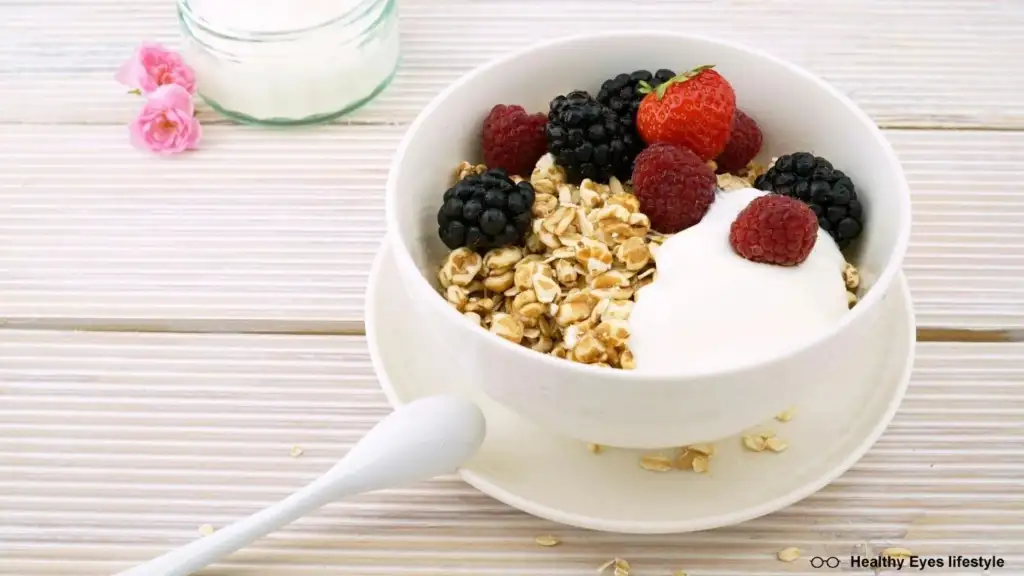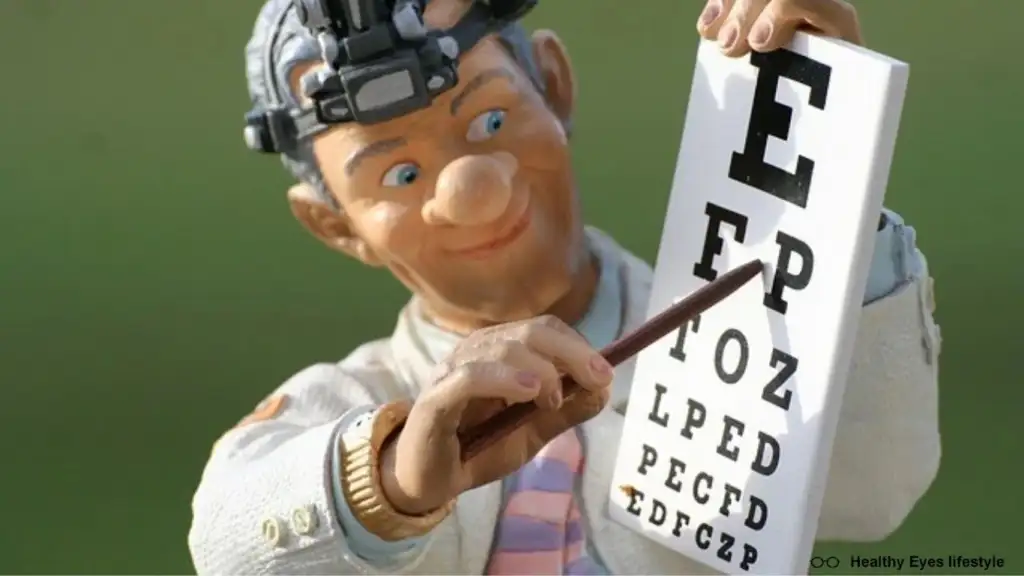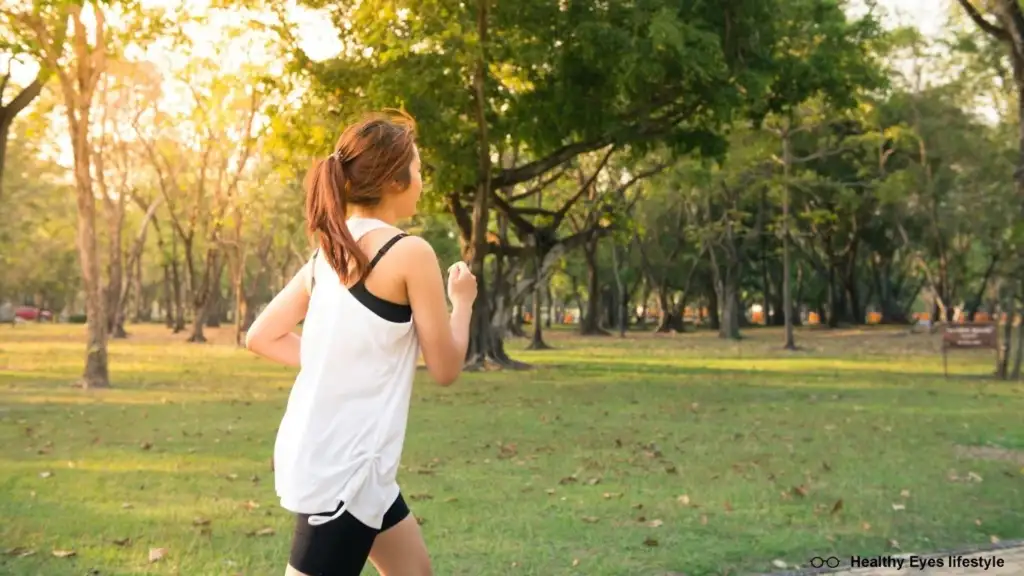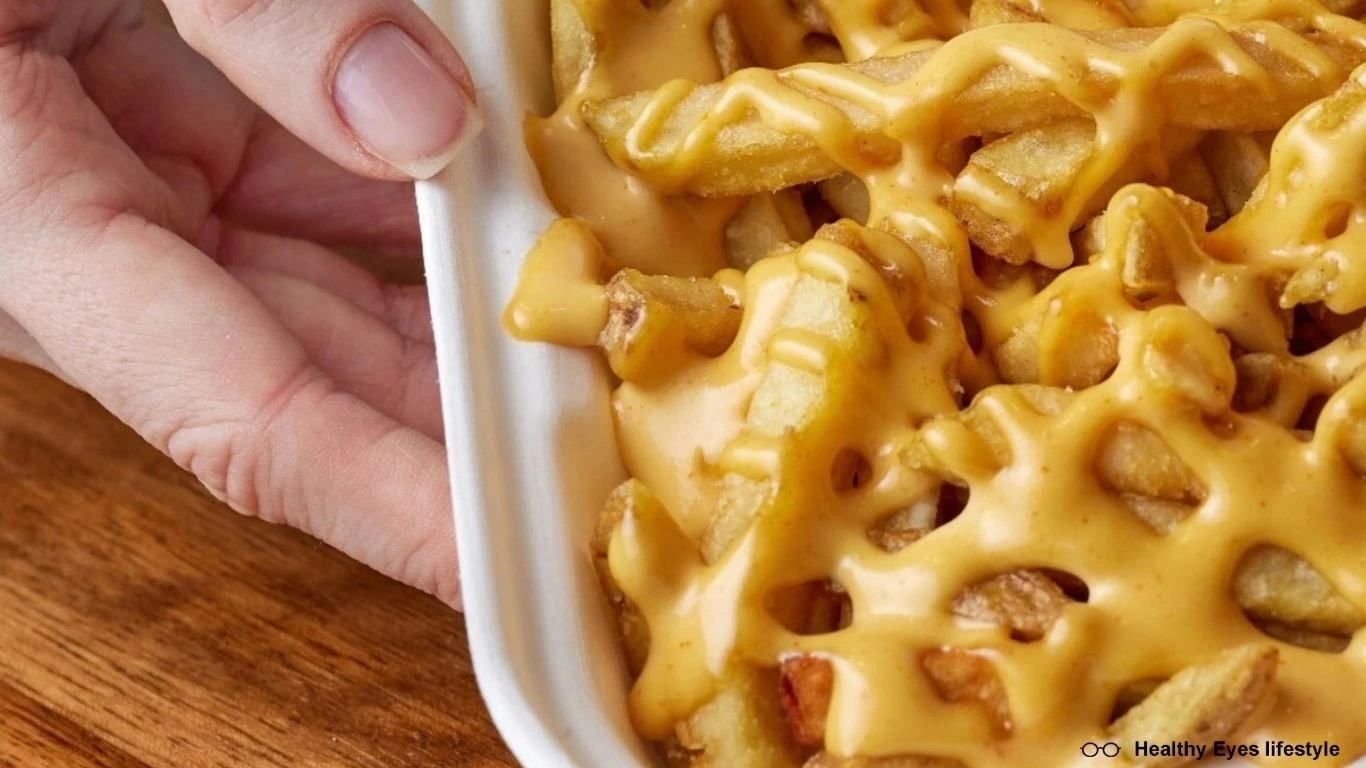Share This Article
Table of Contents
Introduction: The Silent Threat to Your Eyesight
Imagine starting your day like any other, only to notice that your vision is unexpectedly blurry or dim. You might brush it off as fatigue, but what if it’s something far more serious? For many people, high lipid levels—including cholesterol and triglycerides—can pose a silent but significant risk to their eyesight. It’s easy to ignore these risks until symptoms appear, but by then, the damage might already be done.
Could your lipid levels be quietly harming your vision? Understanding the connection between high lipids and vision loss is critical to protecting your eyesight and overall health.

Understanding Lipids and Their Role in Your Body
What Are Lipids?
Lipids are fats or fat-like substances that play essential roles in your body. They provide energy, aid in the production of hormones, and form the building blocks of cell membranes. While some lipids are necessary for your health, others, when elevated, can lead to severe health issues.
Two key types of lipids include:
- Cholesterol: A waxy substance vital for hormone production and cell function.
- Triglycerides: A type of fat used for energy storage.
The balance of these lipids is crucial. Too much LDL (low-density lipoprotein, or “bad” cholesterol) and triglycerides can clog blood vessels, while HDL (high-density lipoprotein, or “good” cholesterol) helps clear them.
The Dangers of High Lipid Levels
When lipid levels rise above healthy ranges, they can create a cascade of problems throughout your body. High lipids are associated with heart disease, stroke, and other cardiovascular conditions. But the impact doesn’t stop there. These elevated levels can also disrupt the delicate blood vessels in your eyes, leading to vision issues that may progress rapidly.
How High Lipid Levels Affect Vision
Mechanisms Behind Vision Loss
The connection between high lipid levels and vision loss lies in your circulatory system. The tiny blood vessels in your eyes are particularly vulnerable to blockages caused by lipid buildup. Here’s how it happens:
- Retinal Artery Occlusion: High lipids can block the arteries that supply blood to the retina, causing sudden and severe vision loss. This is a medical emergency that requires immediate attention.
- Lipemia Retinalis: When triglyceride levels are excessively high, they can create a milky appearance in the blood vessels of the retina, leading to visual disturbances.
- Optic Nerve Damage: Restricted blood flow can damage the optic nerve, impairing your ability to see clearly.
Warning Signs to Watch For
Early detection is crucial. Be alert for these symptoms:
- Sudden blurriness or partial loss of vision.
- Floaters, halos, or unusual light patterns.
- Redness or swelling in the eyes.
If you notice any of these signs, consult an eye specialist immediately.

Preventing and Managing High Lipids to Protect Your Vision
Adopt a Lipid-Lowering Diet
Your diet plays a critical role in managing lipid levels. Incorporate these foods into your meals to promote heart and eye health:
| Food Type | Examples | Benefits |
| High-Fiber Foods | Oats, beans, lentils, fruits | Lowers LDL cholesterol |
| Omega-3 Rich Foods | Salmon, flaxseed, walnuts | Reduces triglycerides |
| Leafy Greens | Spinach, kale | Supports overall eye health |
To make it easier, here’s a simple daily meal plan:
- Breakfast: Oatmeal with fresh berries and a handful of walnuts.
- Lunch: A spinach salad with grilled salmon, avocado, and a lemon vinaigrette.
- Dinner: Lentil soup with a side of roasted vegetables.
- Snacks: Carrot sticks with hummus or a small handful of almonds.
Lifestyle Changes That Make a Difference
Diet is just one piece of the puzzle. Lifestyle adjustments can amplify your efforts:
- Exercise Regularly: Aim for at least 30 minutes of moderate activity, five days a week.
- Quit Smoking: Smoking exacerbates blood vessel damage, increasing the risk of vision problems.
- Limit Alcohol: Excessive drinking can raise triglyceride levels.
- Monitor Your Health: Regular checkups and lipid panels can help you stay ahead of potential issues.
Medications and Treatments
For some, lifestyle changes might not be enough. In such cases, medications like statins can help lower lipid levels effectively. If vision issues arise, your doctor might recommend:
- Eye Drops: To reduce swelling and manage symptoms.
- Laser Treatments: For conditions like retinal artery occlusion.
- Surgery: In severe cases, surgical intervention might be necessary.

Real-Life Case Studies and Success Stories
Hearing about others’ experiences can inspire you to take action. Consider this example:
- Case Study: John, a 55-year-old accountant, ignored his high cholesterol levels for years. One morning, he experienced sudden vision loss in one eye. A quick visit to the ER revealed a retinal artery occlusion caused by his elevated lipid levels. After undergoing treatment and adopting a healthier lifestyle, John managed to stabilize his condition and prevent further complications.
Stories like John’s serve as a powerful reminder of the importance of proactive health management.
FAQ Section: Answering Common Questions
Can high lipids cause sudden blindness?
Yes, high lipid levels can lead to sudden blindness through conditions like retinal artery occlusion. This occurs when fatty deposits block blood flow to the retina.
How long does it take for high lipids to affect vision?
The timeline varies. While chronic issues develop over time, acute events like artery blockages can cause immediate vision loss.
What tests should I take if I’m concerned about lipids and vision?
A comprehensive lipid panel to measure cholesterol and triglyceride levels, along with a detailed eye examination, can help identify potential risks.
Can lowering lipids reverse vision problems?
In some cases, early intervention can improve vision. However, severe damage may be irreversible, highlighting the importance of prevention.
Conclusion: Protect Your Vision, Protect Your Health
Your vision is one of your most precious senses. While high lipid levels might not seem urgent at first, their impact can escalate quickly, putting your eyesight and overall health at risk. By adopting a heart-healthy diet, making lifestyle changes, and seeking medical advice when needed, you can safeguard your vision and live a healthier life.
Don’t wait until it’s too late. Take charge of your health today—your eyes will thank you for it.



